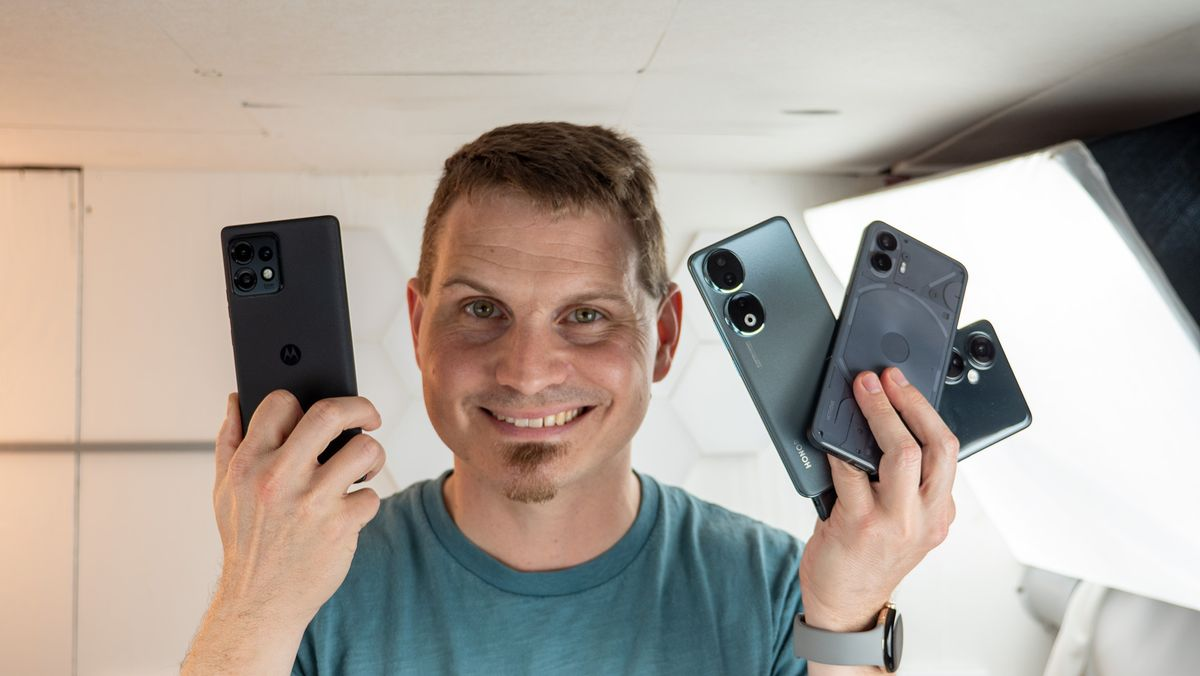

Storage space, support cycle, type of screen, third party OS support, aftermarket accessories, camera quality. Size.
Also kinda part of the SoC, but the frequencies supported since I travel a lot.
I think phones have been fast enough for a while now. There’s more to a SoC than speed. When I came back to Android, I went from the fastest iPhone to a SD480 with only 6GB of RAM and it was…fine for daily use. But the camera was a big letdown on that device so I got something a little bit better a year later.




I got the popup all the time for a few weeks with Firefox and uBlock Origin. As a YouTube Premium subscriber. The paid service. The whole reason they were pushing back on ad blockers to begin with.
Fuck these guys, I let the subscription lapse.